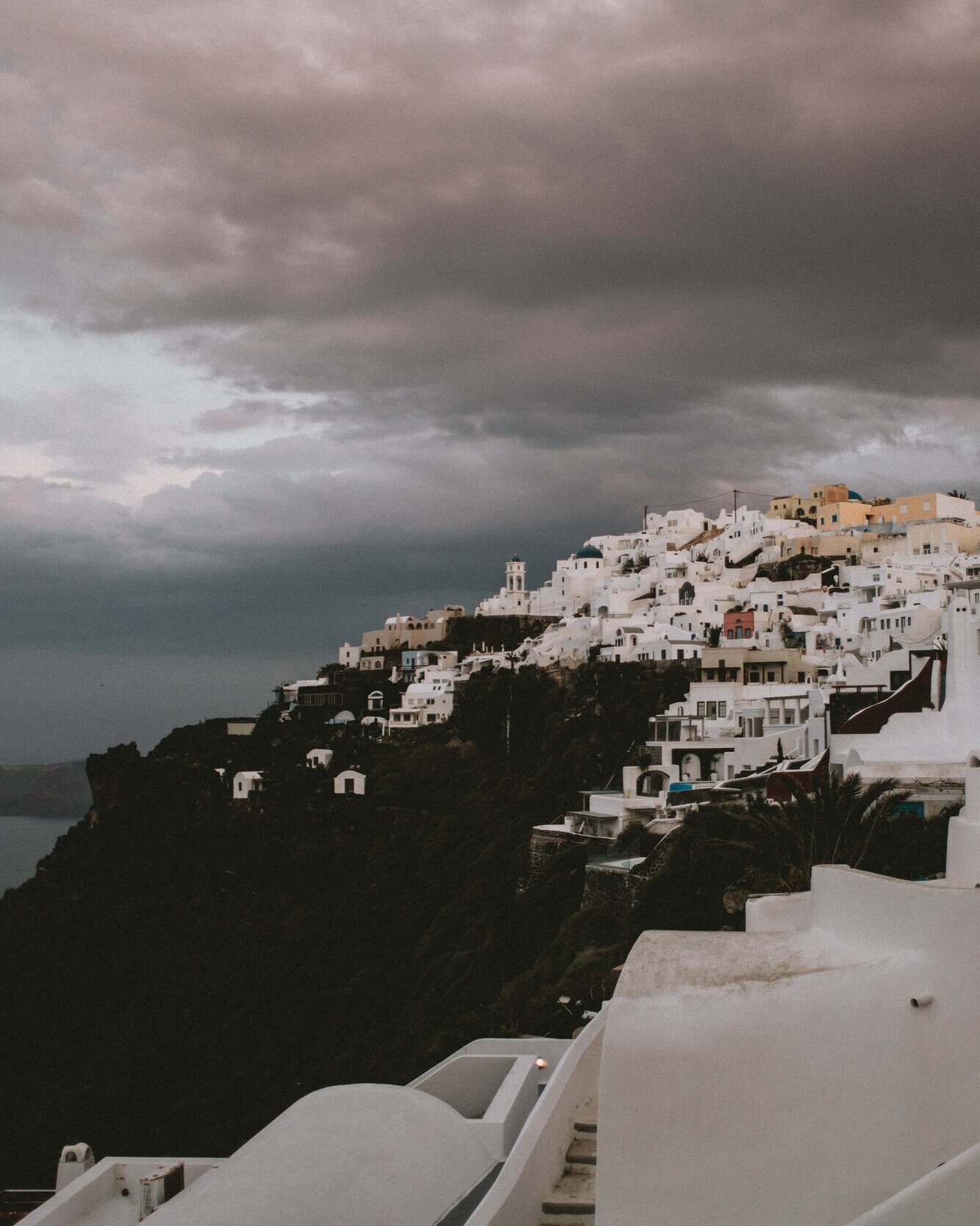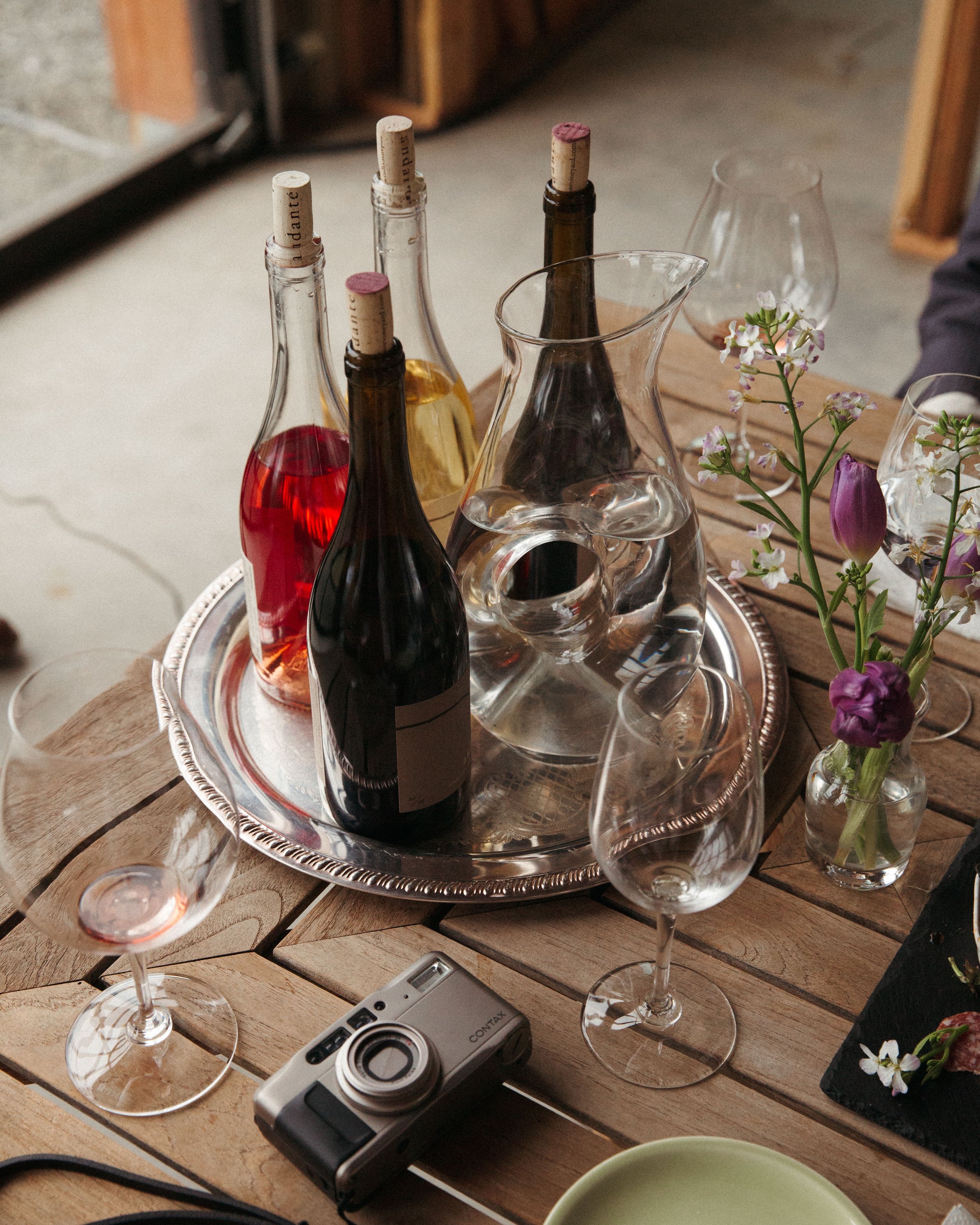How I Started My Business
A bit of my journey into launching my business after graduating high school


A bit of my journey into launching my business after graduating high school
Reflecting back on five and a half years of being self-employed, I thought I’d share a bit about how I decided this is what I wanted to do, how I got started, and different avenues of income available in case you’re looking to launch into your own similar business.
I want to caveat this by saying that I recognize the privilege involved in the decision to work for yourself, and to even have the means to make this happen. It’s not an opportunity available to everyone, though it most certainly should be. Anyone interested should have the chance to create freely and decide how to spend their days: here’s an array of organizations supporting small businesses in case you’re looking for guidance or support.
I first became interested in photography in elementary school during a class project that focused in on an art form of our choice: I decided to select photography, and very quickly fell in love with taking pictures out in nature on my tiny Kodak point-and-shoot. As the years went on, I would save up babysitting money and purchase a new camera slightly better than the last, shooting around my neighborhood or on trips to the beach or the mountains while living in Oregon for part of my time in middle school.
Right before my freshman year of high school, my family moved back to Ohio (where I’d spent the first 10 years of my life) and I began to take photography more seriously. I knew I wanted to start charging for shoots, but felt that I needed to build up my portfolio further, so I started shooting scenery on my own and taking portraits of friends and local models on a regular basis.
After a few years of shooting on an SLR, during my senior year of high school I found a used Canon 5D. I ordered it after selling my previous camera body, and this was my first full frame: I was truly enamored. By this point, I was out shooting with friends and models constantly, planning styled shoots, photographing engagement sessions and senior pictures, and bringing my camera everywhere I went.
I was living in a relatively small town where the expected trajectory for kids is to graduate high school and go to a state or local college, or simply stay in town. I knew early on in the year that I wanted to move out to Portland and launch my photography business because it was one of the more affordable west coast cities and I was already familiar enough with it.
In my specific scenario, I knew how to take photos and edit, and the thought of spending four years in college getting a degree unrelated to what I wanted to do didn’t make much sense to me. (At the college I was considering, photojournalism was the only available photo-related major and I wasn’t interested in going in this direction.)
When I first shared this with my family, friends, and my friends’ parents, they were all confused and didn’t understand why I felt like I should move out and start my business so young. Everyone discouraged me from making this decision and while I see where they were coming from, my timing ultimately was everything and very much played into how everything worked out. I’m very thankful that I moved when I did and pushed my plans forward despite opposing feedback.
I ultimately ended up going to college for a couple of months to see if it was an avenue I wanted to pursue, and I immediately determined that it wasn’t going to be the best option for me.
In Autumn of 2015, I flew out to Seattle and met up with a handful of photographers who’d just begun freelancing full time, and I was incredibly encouraged by how hard they worked to make it happen. After spending a couple of days hearing about how they were booking shoots for brands and pitching themselves for projects, I decided that if they could do it, I could do it too.
After returning to Ohio, I booked a one-way plane ticket for three months from then (the first week of 2016) out to Portland. I continued to work two retail jobs, babysit and book family photo sessions in Ohio to have a decent amount of savings to live off of. I spent the rest of my time in Ohio planning styled shoots, creating lists of models I wanted to work with, plotting potential road trips to take, making lists of photographers I wanted to reach out to, and so on.
In the first six months of living in Oregon, I didn’t make much money and nearly ran out of my savings. I was living in an unfinished basement storage room in a house with six girls I didn’t know and wasn’t overly excited about coming home to that space each day, but I’m incredibly grateful for that $300/month basement room because it ultimately motivated me to spend every day shooting and meeting other photographers in the area, attempting to get my name out there and collaborating with others.
I was test-shooting with models and couples no less than five times per week and I was building up a substantial portfolio. As I continued posting on Instagram, this lead to a lot of growth (at a time when rapid growth on IG was much easier) and this equated to brands and individuals inquiring about shoots regularly.
I started road-tripping through California, Washington, and Utah quite frequently and booking shoots along the way and eventually began shooting weddings. As I shot in new locations around the country, friends of those who were booking me were sharing my photos and their friends were reaching out and booking me which truly propelled my business.
The first few years of my business, I had a rule for myself where I’d say yes to everything and work it out later— any travel opportunity that seemed beneficial portfolio-wise, I’d commit to, and then announce that I’d be in that specific place and book a shoot to fully offset my travel expenses. Because my photography posts had a large reach at this point in time (around 100k-300k views per post) I would book a shoot every single time that I went someplace. And as my account continued to grow, brands were reaching out about licensing photos, hiring me to create social campaigns and hiring me for their shoots.
As time went on, brands began flying me out to various states and countries for photo projects. Each month I began to book a few more projects than the last, and ultimately this is what I’ve been up to for the last several years. The majority of my work currently is centered around this website, photographing for brands, creating social media campaigns and consulting on projects.
I thought it was important to disclose the early days of my journey in starting my business as it hasn’t been linear and it didn’t happen overnight. Prior to the last 5 years of building my business, I was constantly working on creating a portfolio, learning how to shoot and edit, communicate with brands, pitch myself, price myself correctly, organize files and meet quick deadlines while still producing quality work all on my own.
Key Takeaways
Here are a few things I’d recommend to anyone looking to launch a photography business, blog or social media channels centered around some sort of creative endeavor.
1. Build a portfolio of your best work
If you’ve never shot for a brand before, create a mock shoot and set up product to photograph creatively. Of course don’t claim that you’ve done work for this brand, but use it in your portfolio and post it online to build credibility and show what you’re capable of making.
2. Join affiliate programs via your favorite brands
You’ll make a percentage of the sale when people click on your links: you can use affiliate links to share what gear you use, your favorite skincare products, etc. Most websites that offer affiliate programs allow you to apply and will accept you if you’re active on the platforms you plan to post on.
3. Sell prints of your photos on Pic-Time
Or use any online print platform to sell your photos. Get 60 days free on Pic-Time using code RV97QL
4. License your travel photos on Stocksy
Or another licensing platform: this is an excellent way to make passive income and profit off of your portfolio work.
5. Meet other photographers, stylists, makeup artists and videographers in your area
Connecting with others in the industry you’d like to be in will be beneficial as you’ll likely make a new friend and become a familiar face for them to call on if they need someone like you on a project.
6. Don’t wait for brands to reach out, pitch yourself
When you pitch for projects, highlight why you’d be a good fit, what you plan to do for the client and what you’d like from them in return. Share creative concepts: make a moodboard and link it in your pitch. Have a contract and payment system figured out prior to pitching.
7. Register your business, Get a business bank account, etc.
Organize your 1099s, hire a CPA, track your expenses and mileage, and so on. Make tax season easier on yourself and get all of this dealt with as early on as possible. The more organized you are, the less daunting that gathering necessary business information each year will be.
8. Create a client list
Showcase samples of your best work on your website or media kit as you get hired for projects.
9. Create a media kit and attach it to emails as you pitch for projects
Your media kit should highlight who you are, what you can do, your web or social media analytics if applicable, and your past work.
I hope this has been helpful in highlighting a bit of my creative journey and offers you a few ideas if you’re wondering how to get started! Best of luck and thanks for reading.
















